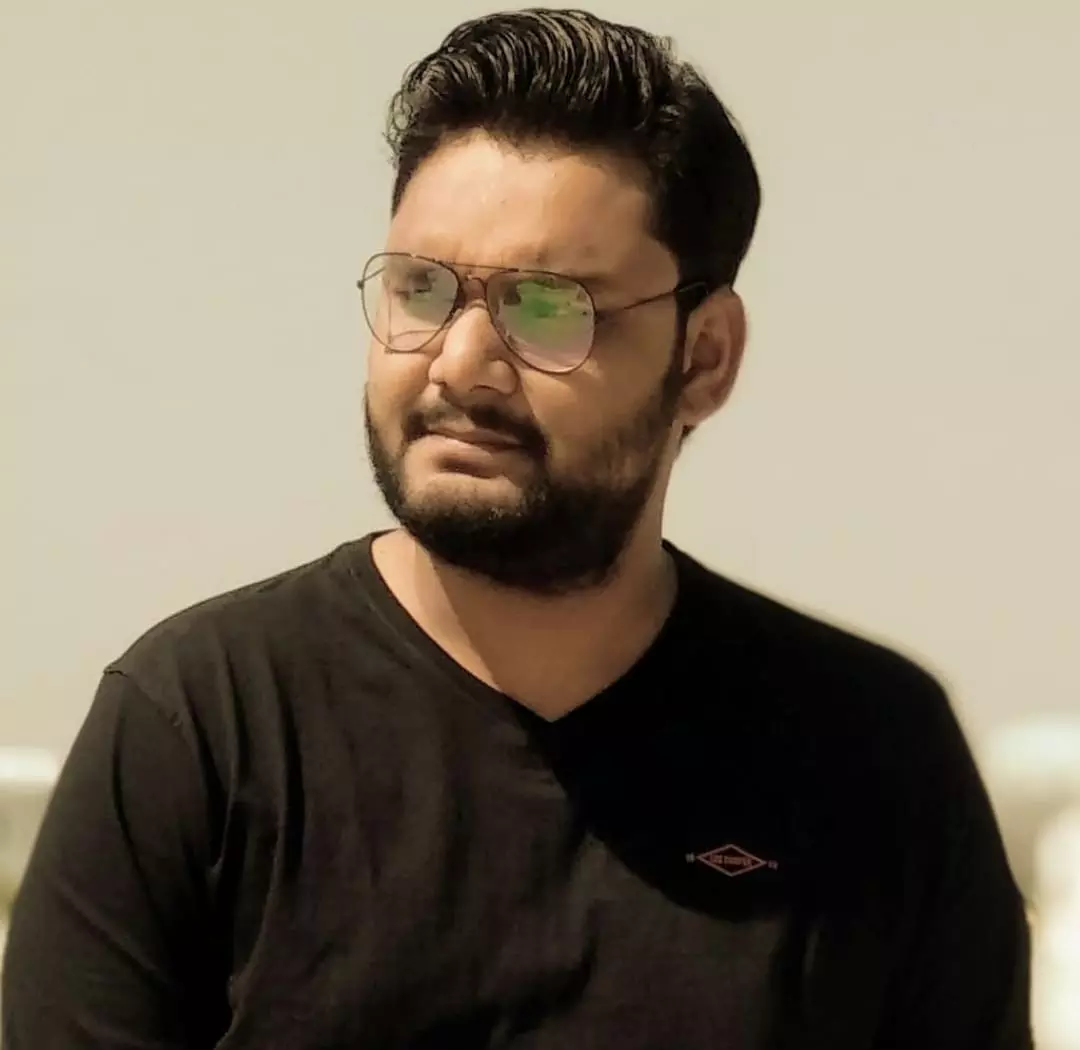Live
- Kerala make it 3 out 3, Meghalaya bag first win
- KKFI aims to include kho kho in 2030 Asian Games, 2032 Olympics
- Police conduct cordon & search
- Raju bags spot in Asian Continental C’ships
- District court to hear bail plea today
- India-Pak matches till 2027 to be played at neutral venues
- Father says Ashwin was being humiliated; off-spinner plays it down as “dad comment”
- AP prioritising AI for efficient governance says RTGS chief K Dinesh Kumar
- 31 pc leaders expect substantial transformation from AI
- Leopard dies after caught in a trap
Just In
Dharavi sets an example in handling the Pandemic condition


For representational purpose
WHO chief Tedros Adhanom Ghebreyesus has praised the efforts taken to control the spread of Novel Coronavirus in the densely packed slums of Dharavi in Mumbai.
Mumbai: WHO chief Tedros Adhanom Ghebreyesus has praised the efforts taken to control the spread of Novel Coronavirus in the densely packed slums of Dharavi in Mumbai. Dharavi, which is Asia's largest slum with a population density of 2.27 lakh per sqkm, has successfully controlled the outbreak despite its intensity, said the WHO Director-General. On Tuesday, Dharavi reported only one coronavirus case after the successful containment. In total, Dharavi recorded over 2,300 cases.
Speaking on this, Tedros said, "And some of these examples are Italy, Spain and South Korea, and even in Dharavi a densely packed area in the megacity of Mumbai a strong focus on community engagement and the basics of testing, tracing, isolating and treating all those that are sick is key to breaking the chains of transmission and restraining the virus."
Municipal Corporation of Greater Mumbai (MCGM) looks like it had got a grip over the control of rising cases of Covid-19 in Asia's largest slum Dharavi, whereas, the graph in rest of the city is yet to flatten.
How Dharavi restricted Covid-19
Spread over 2.5 sqkm area, Dharavi has a population density of 2,27,136 per sqkm. This area is also a hub for small scale enterprises such as leather, pottery, textile etc. One of the key indicators of the organised sector in Dharavi is the 5,000 GST registered enterprises. The annual turnover international export hub Dharavi is of $1 billion because of its infrastructure. All these factors became a challenge during the Covid-19 pandemic. There was a time when people got panic for Dharavi as the first cases were reported months ago. The biggest challenge that MCGM faced was of social distancing without any possibility of home quarantine in the slums.
Hurdles faced by MCGM in Dharavi
80% of the population depends on 450 community toilets only. Most of the population living there are dependent on outside food. Eight to ten people living in each household in 10*10 hutments. Narrow lanes with G+1, G+2, G+3 houses where the ground floor is used for residential purpose and other floors are used as factories.
A total of 47,500 households were covered by doctors and private clinics. 14,970 people screened in mobile vans. More than 3.6 lakh people screened in which 8,246 people were senior citizens. 13,500 tests were done in this largest slum. Infrastructure was prepared in the slums not only for treatment but also to provide people with food. Only critical patients were moved outside Dharavi for admission to hospitals. Almost 90% of patients were treated inside the area.
With the limitations of the area, BMC decided to go with the strategy of "chase the virus" through strategic public-private partnerships. BMC held a proactive screening in high-risk zones and organised fever camps to identify the suspects. Manpower was the key issue for them. Later, they mobilized all available private practitioners through the drive conducted in mission mode. 24 private doctors came forward and BMC provided them with PPE Kits, thermal scanners, pulse oxy-meters, masks, and gloves which made them start door-to-door screening in high-risk zones and all suspects were identified.
Later all practitioners were asked to open their clinics and attend to patients and communicate to BMC about all the suspected cases. BMC sanitised all the clinics of these private practitioners and provided them with PPE kits, gloves etc.
All private hospitals were taken onboard and acquired for treatment. A 200-bed hospital was also set up in record 14 days. Since home quarantine was never an option in Dharavi, the focus was always on setting up of maximum institutional quarantine facilities at all available schools, marriage halls, sports complexes etc.
The Total cases in Dharavi till July 10 were 2,359 in which only 166 cases were active. 1,952 members got recovered and discharged, 215 patients deceased after the virus attack.

© 2024 Hyderabad Media House Limited/The Hans India. All rights reserved. Powered by hocalwire.com






